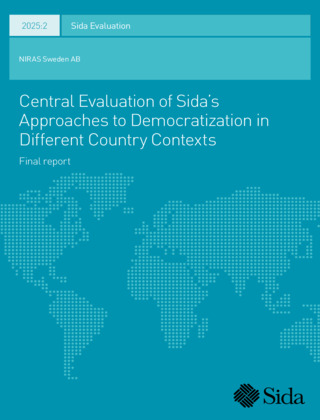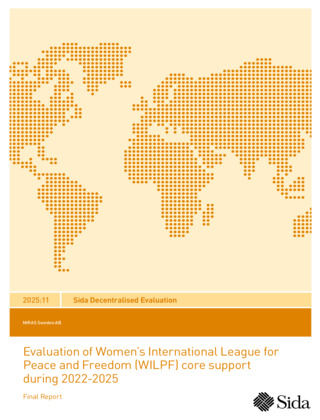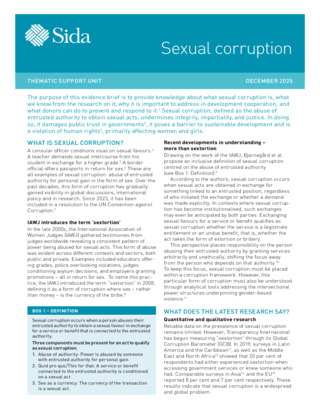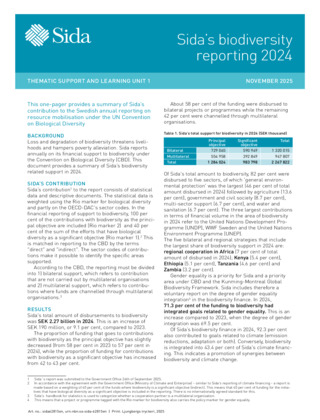Äldre publikationer utgivna 2018 eller tidigare hittar du i arkivet.
Filtrera
543 träffar på 109 sidor
Sida 1 av 109
Sida 1 av 109Central Evaluation of Sida’s Approaches to Democratization in Different Country Contexts
Demokrati och mänskliga rättigheter
Fredliga samhällen
Jämställdhet

Evaluation of Women’s International League for Peace and Freedom (WILPF) core support during 2022-2025
Demokrati och mänskliga rättigheter
Fredliga samhällen
Jämställdhet

543 träffar på 109 sidor
Sida 1 av 109


